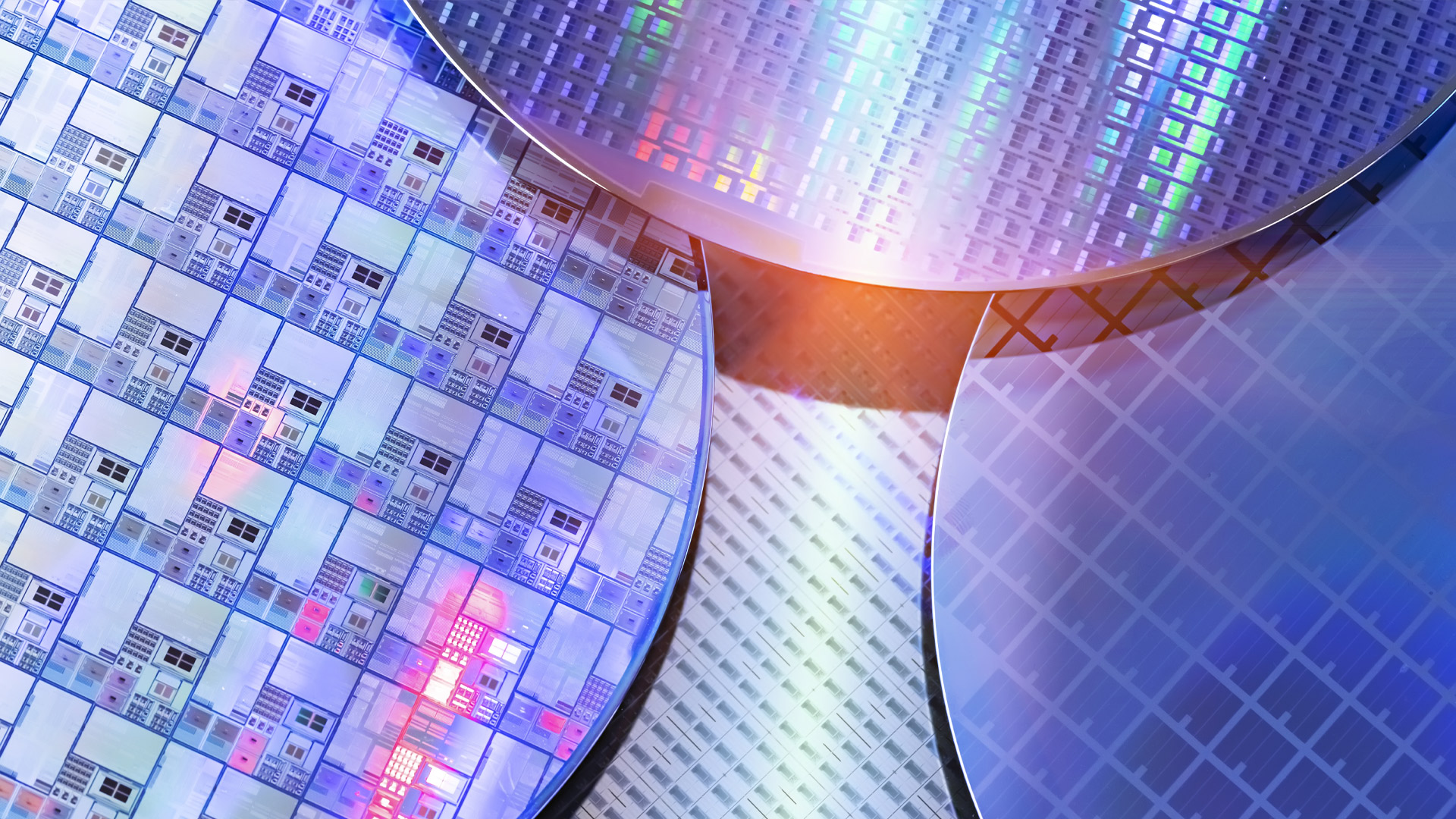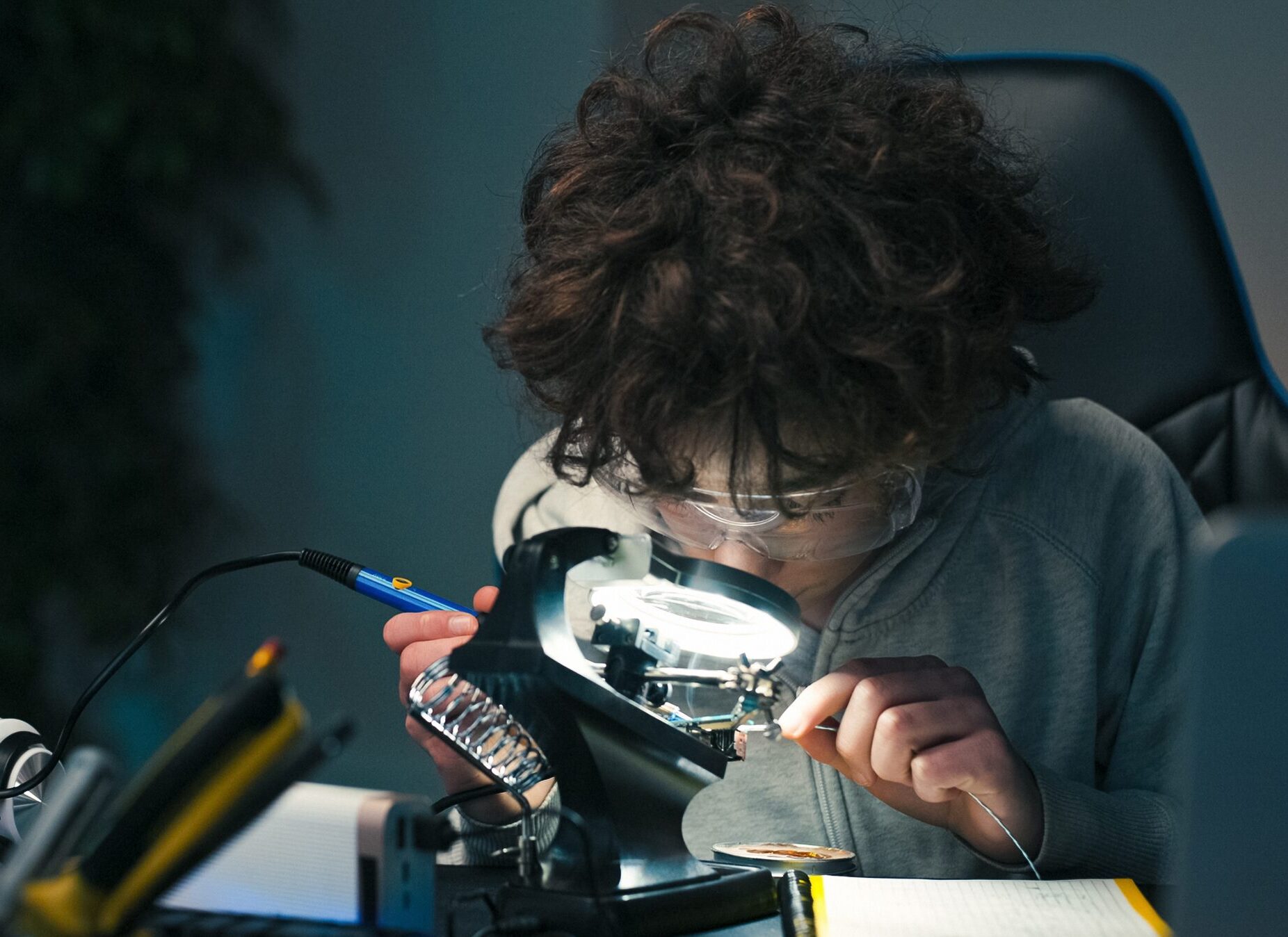What is Silicon Photonics?

Electronics Can’t Keep Up
The world wants faster and smarter technology.
Most electronics use electricity to send tiny particles called electrons through wires.
But electricity can only go so fast. It also uses a lot of energy.
That’s why scientists are turning to light instead.
This is called photonics.
What Is Photonics?
The word photonics comes from photon, which means a tiny particle of light.
Photonics is about making and using light to carry information.
It’s already all around us.
It helps the internet send data through fibre-optic cables.
It makes phone cameras work, powers LED lights, and helps doctors do laser surgery.
It’s a quiet part of modern life that most people never notice.

Silicon Photonics Explained
Now imagine putting light onto a tiny computer chip.
That’s what silicon photonics does.
It uses light, not just electricity, to move and process information on a chip.
These chips are made from silicon — the same material used in computers and phones.
Because factories already know how to make silicon chips, silicon photonics can use the same tools and machines.
That means it’s cheaper, faster, and easier to make.
Silicon photonics helps data centres move information quickly and use less power.
In the future, it will be very important for things like artificial intelligence (AI), which needs huge amounts of data and energy.
Where It’s Used
- Healthcare – testing blood or spotting diseases.
- Environment – checking air or water pollution.
- Defence and security – spotting dangers using light sensors.
- Self-driving cars – using LiDAR to “see” the road.
- Quantum tech – using special light effects for powerful new computers.
- Computing – building faster, greener systems for the internet and AI.

Why It Matters
We’re using more data every year.
Silicon photonics helps us send and process that data faster while using less energy.
By using light on chips, we can build cleaner, quicker, and smarter technology for the future.
